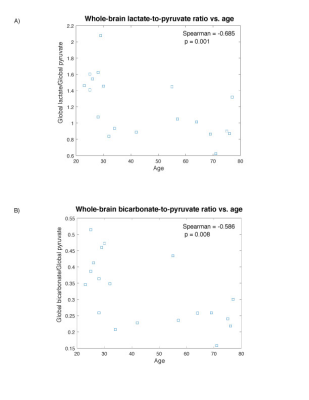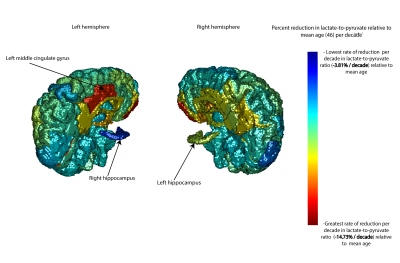Biranavan Uthayakumar1,2, Casey Y Lee1,2, Nadia Bragagnolo1,2, Hany Soliman3, Albert P Chen4, Ruby Endre5, William J Perks2, Chris Heyn6, Sandra E Black2, and Charles Cunningham7
1Medical Biophysics, University of Toronto, Toronto, ON, Canada, 2Sunnybrook Health Sciences Centre, Toronto, ON, Canada, 3Radiation oncolocy, Sunnybrook Health Sciences Centre, Toronto, ON, Canada, 4GE Healthcare, Toronto, ON, Canada, 5Physical sciences, Sunnybrook Health Sciences Centre, Toronto, ON, Canada, 6Radiology, Sunnybrook Health Sciences Centre, Toronto, ON, Canada, 7Medical Biophysics, Sunnybrook research institute, Toronto, ON, Canada
1Medical Biophysics, University of Toronto, Toronto, ON, Canada, 2Sunnybrook Health Sciences Centre, Toronto, ON, Canada, 3Radiation oncolocy, Sunnybrook Health Sciences Centre, Toronto, ON, Canada, 4GE Healthcare, Toronto, ON, Canada, 5Physical sciences, Sunnybrook Health Sciences Centre, Toronto, ON, Canada, 6Radiology, Sunnybrook Health Sciences Centre, Toronto, ON, Canada, 7Medical Biophysics, Sunnybrook research institute, Toronto, ON, Canada
Hyperpolarized 13C MRI was used to probe whole brain age-based cahnges in lactate and bicarbonate production in a healthy aging population. We observed a whole brain reduction in the production of both 13C lactate and 13C bicarbonate, suggesting aging-related changes.

Fig. 1) (a) Global lactate-to-pyruvate ratio as a function of age with associated Spearman correlation and p-value (Spearman = -0.685, p = 0.001). (b) Global bicarbonate-to-pyruvate ratio as a function of age with associated Spearman correlation and p-value (Spearman = -0.586, p = 0.008). Error analysis is ongoing.
